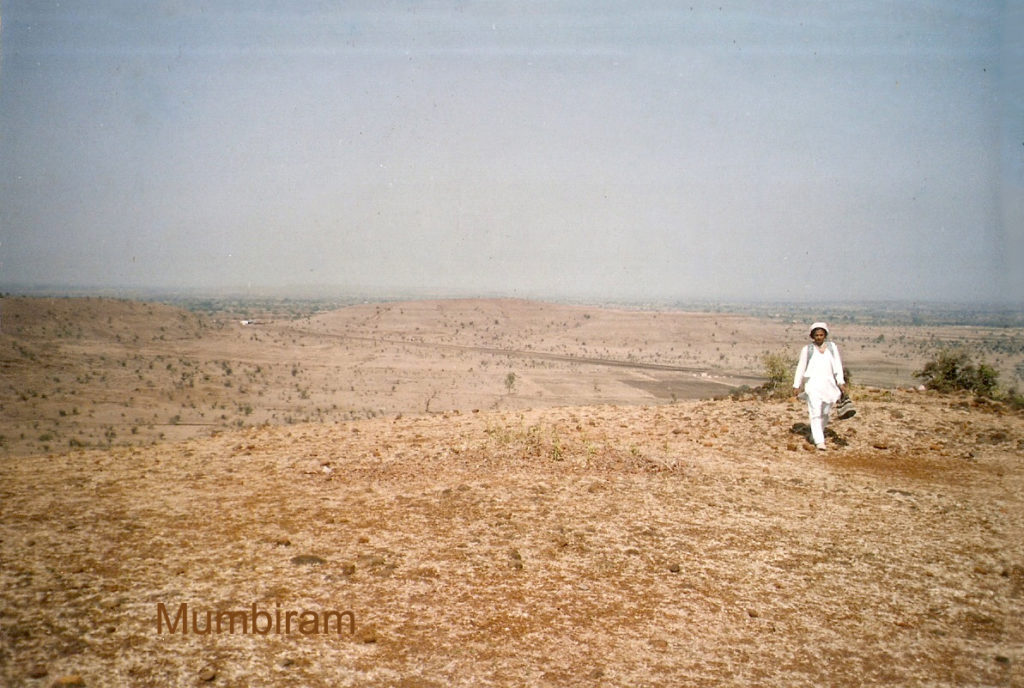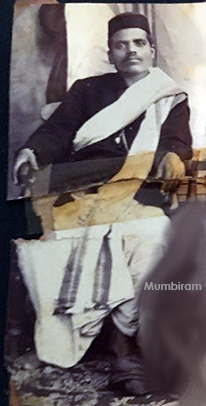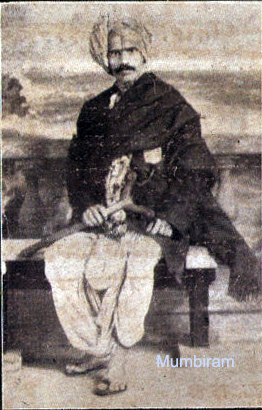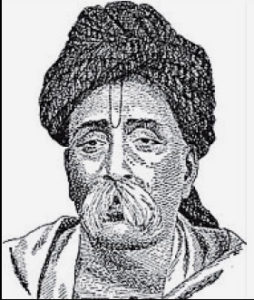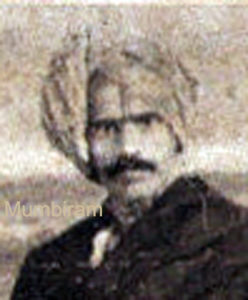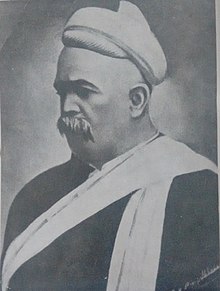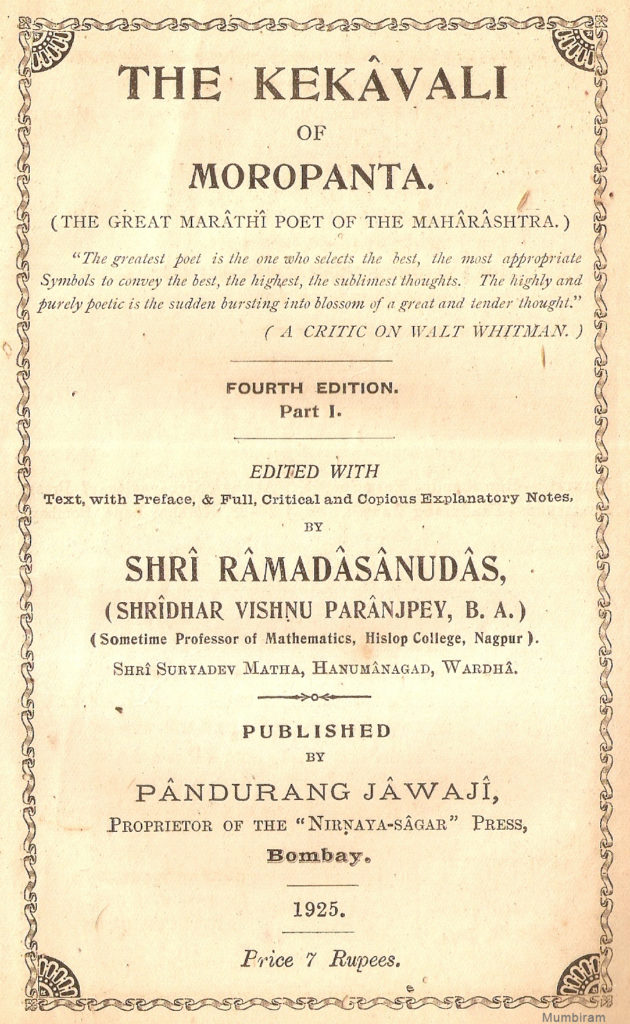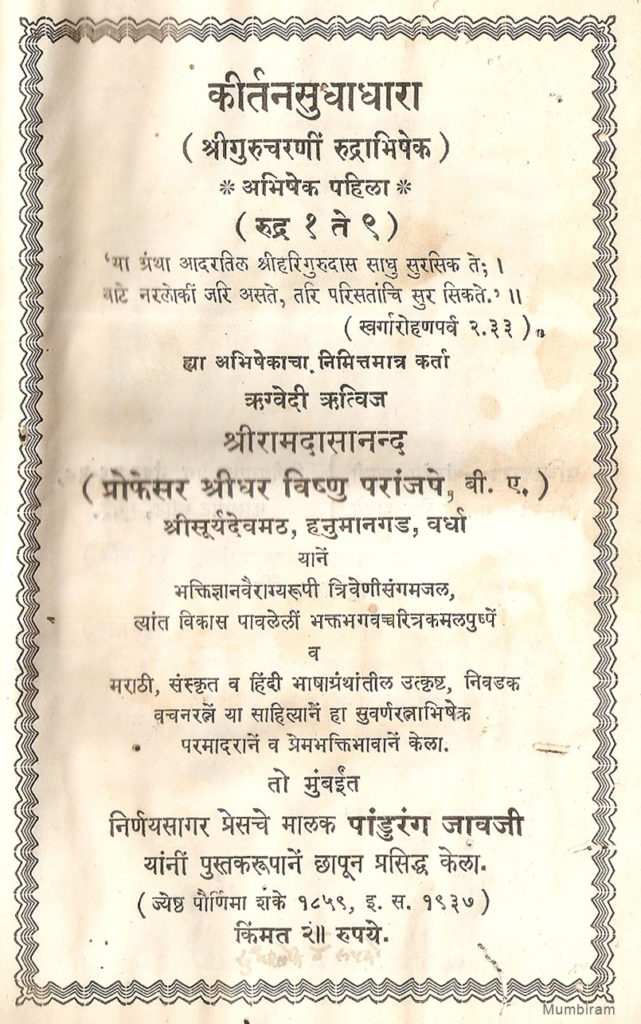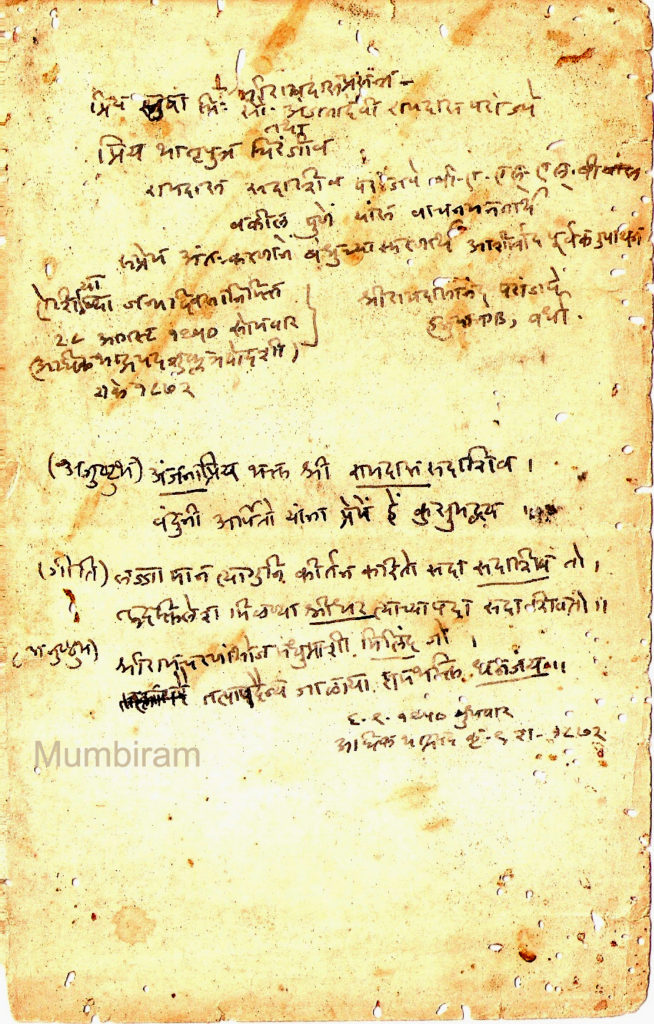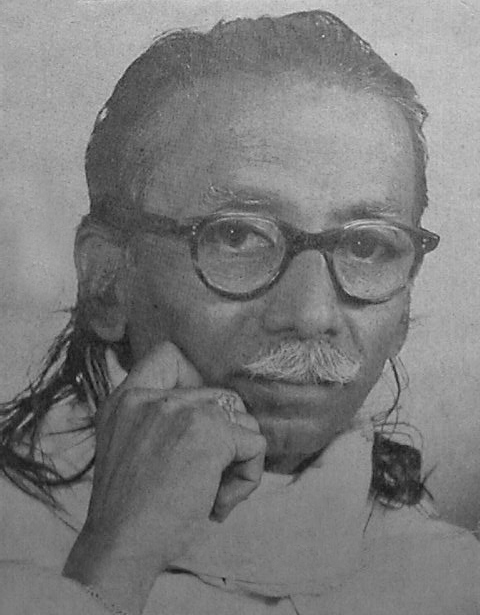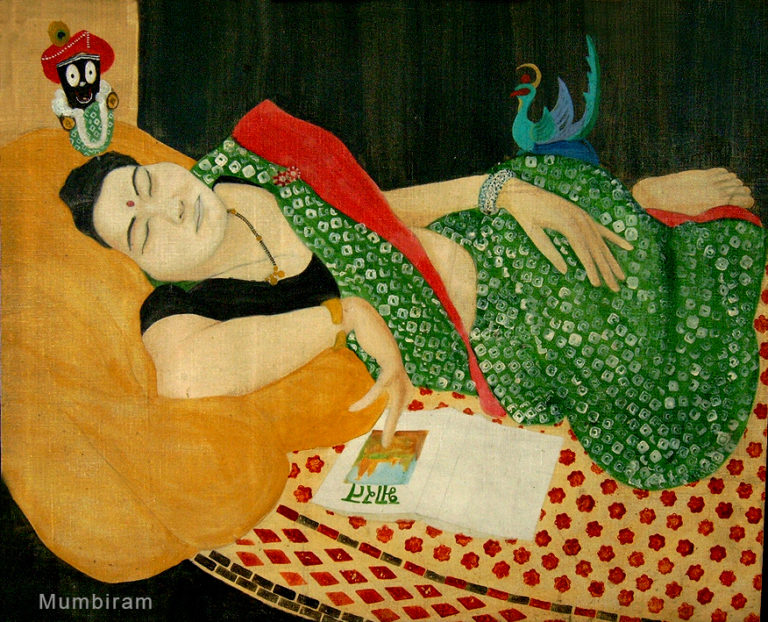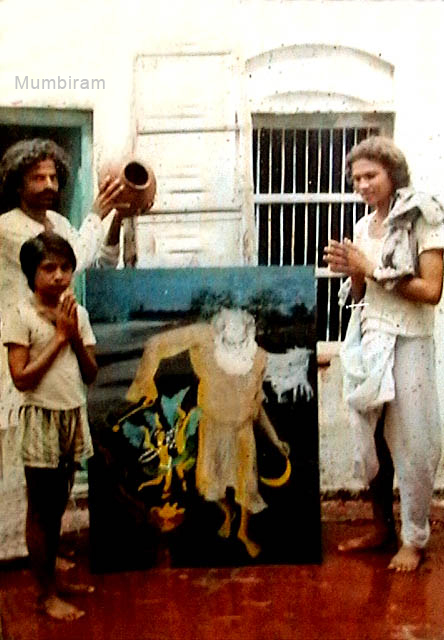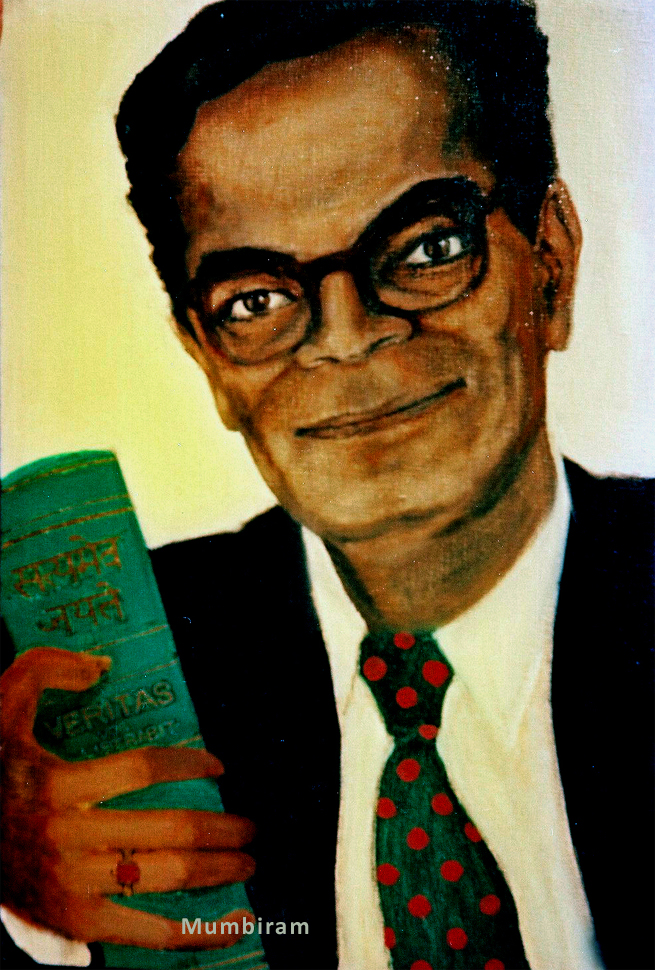Paranjpeji´s brother, Sadashiv, had become a lawyer and had a successful practice based in Wardha. Sadhashivji had married Vatsala Bhagavat, the foster daughter of Rajaramshastri Bhagavat and also the biological daughter of Bhaskar Hari Bhagavat, a founder member of the Prarthana Samaj. The two Paranjpe brothers had an exemplary loving relationship and working understanding between them. The lawyer brother never hesitated in providing generous financial support to the idealistic endeavours of his exceptionally gifted brother.
The first decade of the 20th century saw the popularity of Paranjpeji and his Suryadev Math ever increasing. It is said that Paranjpeji was one of the leading candidates to be a representative of Hinduism at the All Religion Conference in Chicago. This was the conference where Vivekananda made his famous appearance as the representative of Hinduism. Paranjpeji had won the support of liberal progressive intellectuals of Maharashtra as the Paranjpe’s brothers and sisters who were of the Chitpavana subcaste of brahmins had chosen spouses of the Karhade subcaste of brahmins. It is also well known that the Prarthana Samaj, to which the Bhagavats belonged, made abolition of caste-system as one of their prime social goals. It was in this social context that a young widow belonging to the Daphle princely Maratha family that ruled the Jath state in north-west Karnataka was sent to Paranjpeji’s ashram to lead the rest of her life devoted to spiritual pursuits.
This appears to be the turning point in the fortunes of Paranjpeji and his Suryadev Math. It appears that, while on a pilgrimage to Varanasi, Paranjpeji married the young widow from the princely Daphle family that was entrusted to his ashram as a disciple. It also appears that this created a controversy that took proportions of a scandal. It was an intercaste marriage and also a widow remarriage. This itself was enough of a scandal in those days. It was further complicated, that a spiritual guru had married his prospective disciple. It was still further complicated because Paranjpeji was already married. It did not matter that at that time bigamy was not prohibited either by orthodox religion or by law. Nor did it matter that Paranjpeji had no children from his first wife.
It appears that Paranjpeji withdrew from active social life thereafter. It was also about this time (1914) that Paranjpeji’s affectionate brother, Sadashirao, suddenly passed away after a brief illness. Sadashivji’s wife moved to Pune along with her three daughters and infant son, Ramdas, who was just 18 months old at that time.
Paranjpeji turned out to be an astute and responsible householder and treated both his wives with great care and respect. Paranjpeji had four sons from his so-called controversial marriage: Bhanudas, Sharad, Eknath and Shriram. Bhanudas became a professor of Sanskrit at Nagpur. He wrote several books on history of literature, Sanskrit classics and Rasa Theory. Sharad became an expert about Indian classical music. His treatise on the history of North Indian Classical Music has become required reading in music departments at universities of northern India. Eknath became a judge and Shriram became a bank manager.
